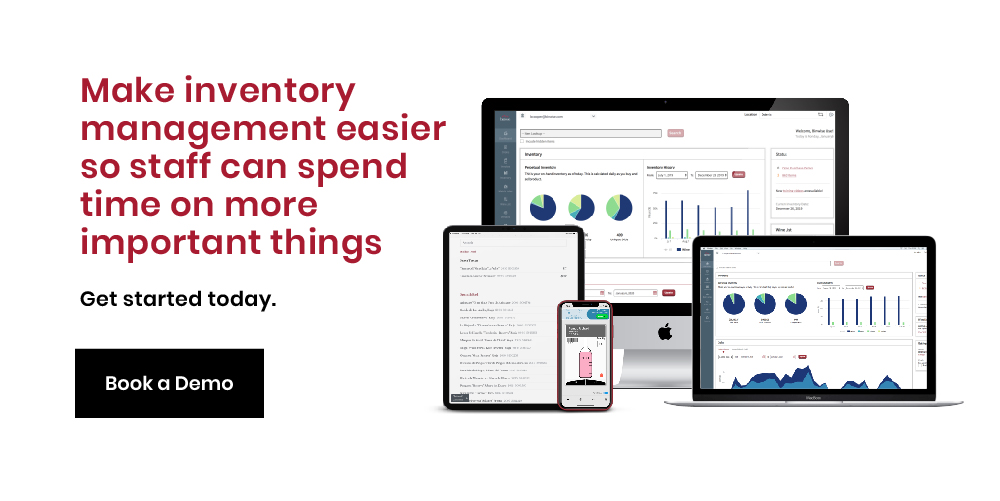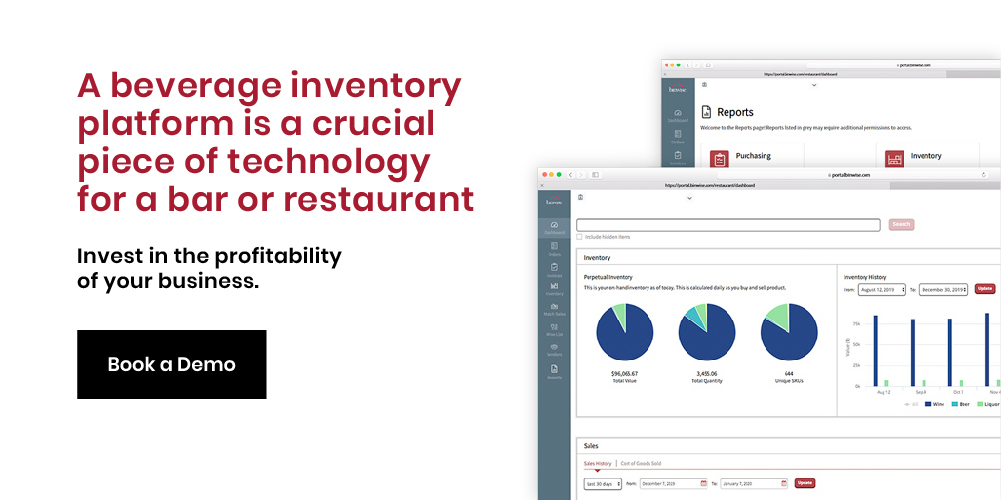Do you ever find yourself wondering how hard seltzer is made? Are you wondering what the hard seltzer production process entails? Do you find yourself thinking about the many hard seltzer flavors on the market and how they’re brought to life?
If you answered yes to one or more of these questions, you’re in the right place. In this article, we answer the question “how is hard seltzer made”, while providing additional details on related subject matter. With this information, you can boost customer satisfaction and your restaurant’s profit margin.
So, How is Hard Seltzer Made?
Hard seltzer, a low-calorie, bubbly type of alcoholic beverage, has rapidly gained popularity as an alternative to traditional beer, wine, and spirits.
Its unique characteristics, such as its clear appearance, crisp taste, and range of flavors, make it an intriguing subject of study. But what exactly goes into making this increasingly popular drink?
Let's take a detailed look at the process that transforms simple ingredients into the refreshing hard seltzer enjoyed at bars, restaurants, and social settings the world over.
Key takeaway: The hard seltzer production process is full of complex details ranging from water purification to flavoring to packaging.

Water Purification
This is the initial step in creating hard seltzer. It involves removing any minerals, impurities, or chemicals from the water that might interfere with the taste or appearance of the final product.
Various methods like reverse osmosis or deionization can be used, depending on the specific characteristics of the water source. This process ensures a clean, neutral base for the beverage.
Sugar Addition and Fermentation
After water purification, a fermentable sugar source is added to the water. This sugar can be cane sugar, beet sugar, or even malted barley in some cases. The sugar-water mixture is then fermented using specific strains of yeast that are chosen for their ability to produce a neutral flavor profile.
During fermentation, the yeast metabolizes the sugar, creating alcohol and carbon dioxide. This process can take anywhere from a few days to a couple of weeks, depending on the specific methods and conditions used.
Filtration
Following fermentation, the mixture must be filtered to remove any residual yeast and solids. This ensures the finished hard seltzer is clear and clean-tasting.
Filtration methods can include the use of fine mesh filters, diatomaceous earth, or even centrifugation. Each producer may use a slightly different filtration process based on their specific needs and goals for the final product.
Flavor Addition
The next step in the production process is the addition of flavor. This is where hard seltzer can take on a wide variety of tastes, from common fruits like lime, cherry, or mango, to more unusual flavors like hibiscus, cucumber, or even botanical mixes.
These flavors are typically added as natural extracts or essences to ensure a clean, fresh taste in the final product.
Carbonation
While some carbonation occurs naturally during fermentation, additional carbonation is often introduced to give the seltzer its characteristic fizz. This is typically done in a pressurized tank where carbon dioxide gas is dissolved into the liquid. The level of carbonation can be adjusted to create anything from a subtle sparkle to a strong, bubbly effervescence.
Quality Control
Each batch of hard seltzer undergoes strict quality control testing. This includes checks for alcohol content to ensure it falls within the desired and legally required range, pH testing to maintain the correct level of acidity, and flavor consistency tests to make sure the product meets the brand's standards. Only batches that pass all these tests proceed to the packaging stage.
Packaging
The final stage is the packaging. Most hard seltzers are packaged into cans, although some may also be found in bottles. Packaging involves not only filling the containers with the beverage but also sealing them, labeling them, and packing them into cases for distribution. Hard seltzer distributors then finish the process by delivering the product to stores, bars, restaurants, and other establishments.

The Most Popular Hard Seltzer Brands
In recent years, the hard seltzer market has exploded with a multitude of brands, each offering unique flavor profiles and brand stories.
One of the most recognizable brands is White Claw. Launched in 2016 by Mark Anthony Brands, the same company behind Mike's Hard Lemonade, White Claw quickly captured a significant market share.
Known for its clean, crisp taste and variety of flavors, such as mango, black cherry, and ruby grapefruit, it has become synonymous with the hard seltzer category.
Truly Hard Seltzer, produced by the Boston Beer Company, is another top competitor in the hard seltzer market. Like White Claw, it offers a broad selection of flavors and has the added distinction of being one of the first hard seltzers to enter the market.
Bud Light Seltzer, introduced by Anheuser-Busch, has also made a strong showing, leveraging its familiar brand name and extensive distribution network to reach consumers. Their offerings include unique flavors like strawberry and pineapple.
Newer entries to the market, like High Noon Sun Sips, are also gaining popularity. High Noon distinguishes itself by using real vodka and fruit juice in its products, setting it apart from competitors that primarily use fermented sugar.
In an ever-growing hard seltzer market, these brands have set the bar, offering consumers a refreshing blend of bubbles, flavor, and alcohol that is changing the landscape of the beverage industry.
Hard Seltzer Production Process: Frequently Asked Questions
To ensure that you fully understand the hard seltzer production process, here are answers to five frequently asked questions.
What type of sugar is used in hard seltzer production?
The sugar used in hard seltzer can vary by brand, but common sources are cane sugar or beet sugar. Some brands may also use malted barley or other grains as a source of fermentable sugars.
How is hard seltzer flavored?
Hard seltzer is typically flavored using natural extracts or essences, which are added after the fermentation and filtration process. These flavorings can range from common fruits to more unique botanical infusions.
What kind of yeast is used in hard seltzer production?
Brewers often use specific strains of yeast that are known for producing a neutral flavor profile. This allows the added flavors to shine through without interference from the taste of the yeast.
Why is hard seltzer carbonated?
Carbonation gives hard seltzer its signature fizzy, bubbly texture. While some carbonation occurs naturally during fermentation, additional carbonation is often added to achieve the desired level of effervescence.
How long does it take to produce a batch of hard seltzer?
The production timeline can vary based on the specific methods used, but the fermentation process generally takes anywhere from a few days to a couple of weeks. After fermentation, additional time is needed for filtration, flavoring, carbonation, quality control, and packaging.
Are all hard seltzers gluten free?
While many hard seltzers are gluten free, this isn’t true across the board. Some use malted barley as the alcohol base, which contains gluten.

Attract and Retain Customers With a Large Hard Seltzer Selection
If you want to increase your bar or restaurant’s profit margin — and it’s safe to say you do — be sure to offer a large selection of various types of hard seltzer. Not only does this attract your target customers, but it also helps with overall customer acquisition, customer retention, and increasing sales.
As you’re learning about growing your bar or restaurant, reach out to BinWise and BlueCart. The BinWise Pro inventory program gives you peace of mind with a streamlined perpetual inventory system. BlueCart’s order management software simplifies your order management system.

.png)